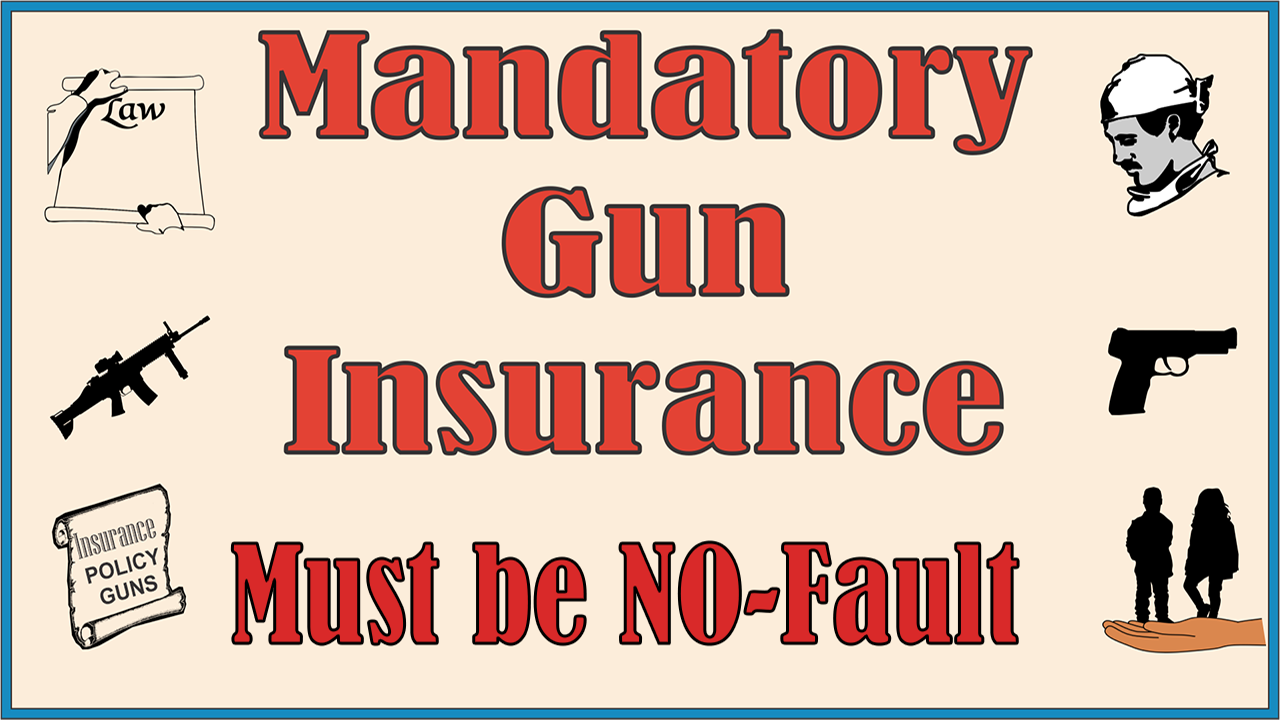No-fault is necessary for Gun Insurance
A new posting on YouTube by this blog.
Good insurance for protecting persons injured by guns has to be no-fault. No-fault insurance does not require showing the INSURED person – the gun owner – has been negligent. It can be based on victims having their own insurance. But that isn’t the way for gun insurance. In most areas such as cars and jobs with worker’s compensation insurance – the vehicle or company owners take out the insurance.
The video can be accessed at
Script
We need to require good insurance to compensate victims of gun violence.
One of the most important principles for effective insurance is that it must be no-fault.
If error or misbehavior on the part of the shooter or of the injured person has to be weighed before benefits can be given, they will be too late and too uncertain.
#####################################
Good insurance for protecting persons injured by guns has to be no-fault. No-fault insurance does not require showing the INSURED person – the gun owner – has been negligent. It can be based on victims having their own insurance. But that isn’t the way for gun insurance. In most areas such as cars and jobs with worker’s compensation insurance – the vehicle or company owners take out the insurance.
A requirement to prove negligence on the part of the insurance buyer is the biggest barrier to insurance being effective for gun injuries.
This may be because the gun owner is not be the shooter.
Many incidents happen when someone else has the gun.
Perhaps, kids in the household have found an improperly stored pistol.
Perhaps, the gun is in the name of an illegal straw purchaser who bought it for her felonious boyfriend.
Perhaps the gun was stolen.
There are many possibilities.
And, it’s hard to prove what happened in an incident.
The shooter is likely to deny responsibility or
To claim it was an unavoidable accident OR
That the victim was in some way responsible.
The person who was shot may have died and only one side of the story is available.
And, then, many states have STAND-YOUR-GROUND laws which block responsibility.
The other side of the fault concept is “blaming the victim.”
This seems to be so common whenever someone is afraid of being responsible for their actions.
From saying it’s the kids fault for getting in the forbidden closet — to saying that the late night visiting friend, unfortunately, seemed to be a criminal breaking in the house, there’s always a way to attempt to shift responsibility.
These issues will take years to settle if it’s done by the legal system.
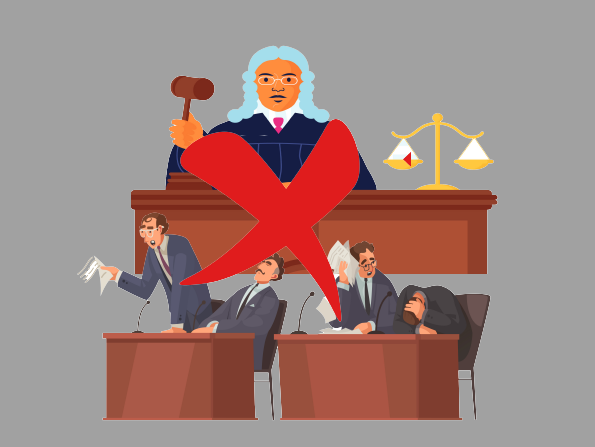
But the needs of victims are there regardless of fault.
The needs are immediate.
The victim may be dead or lack the means to press a complex claim and to fund a law suit.
The insurers have a massive incentive to fight to the end and to resist.
This is both because the claims can be very large — and because a reputation for an insurer being tough prevents future claims from others.
Running out the clock is an effective strategy for those who don’t want to pay.
But the no-fault concept avoids these problems.
Just two factors to determine benefits—the nature of the injury with resulting needs and that the covered firearm was involved.
So we can concentrate on being able to identify guns to know the proper place to make the claims.
Tracking serial numbers and sampling projectiles or casings can be of potential use.
If most incidents have identifiable insurers, an uninsured gun fund can be established which would be similar to the uninsured vehicle funds found in some states.
No-fault especially simplifies the use of non-monetary benefits such as medical care.
These are for the most time sensitive needs.
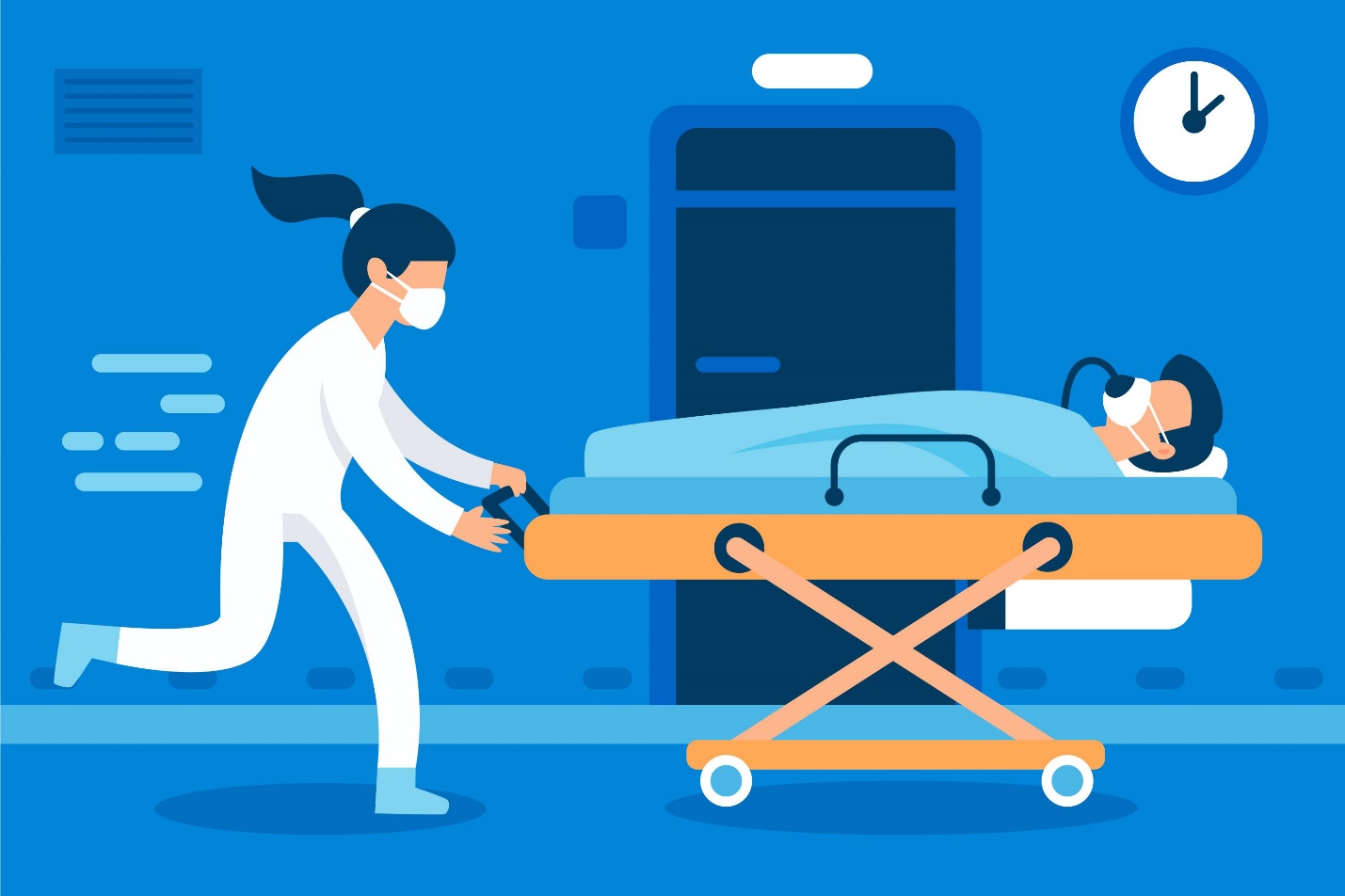
There just isn’t time to determine responsibility for the shooting before treatment in an emergency room.
Even payments for burial in fatal cases can’t wait for years.
Certainty and speed go hand-in-hand in providing for real needs.
And, there are other time sensitive needs.
Lost work can so damage the finances of a family that it falls apart — and this can happen quickly.
The injured person can be disabled temporarily or permanently, leaving dependent survivors destitute.

Per-diem payments for lost work should start right away and are provided for in many other kinds of insurance such as worker’s compensation and automotive personal injury protection systems.
The no-fault concept has proven effective in diverse areas when insurance is required by law for those engaging in specific activities.
For example, some states have their automobile insurance systems basically no-fault.
In most cases, this means that you would collect first from your own insurer.
But, if you are in a category, such as being a pedestrian, which does not require insurance, then you can collect on a no-fault manner on the insurance of the car which hit you.
Seventeen states require that car owners have personal-injury-protection (PIP) insurance which covers injuries to people in the insured car in a no-fault manner.
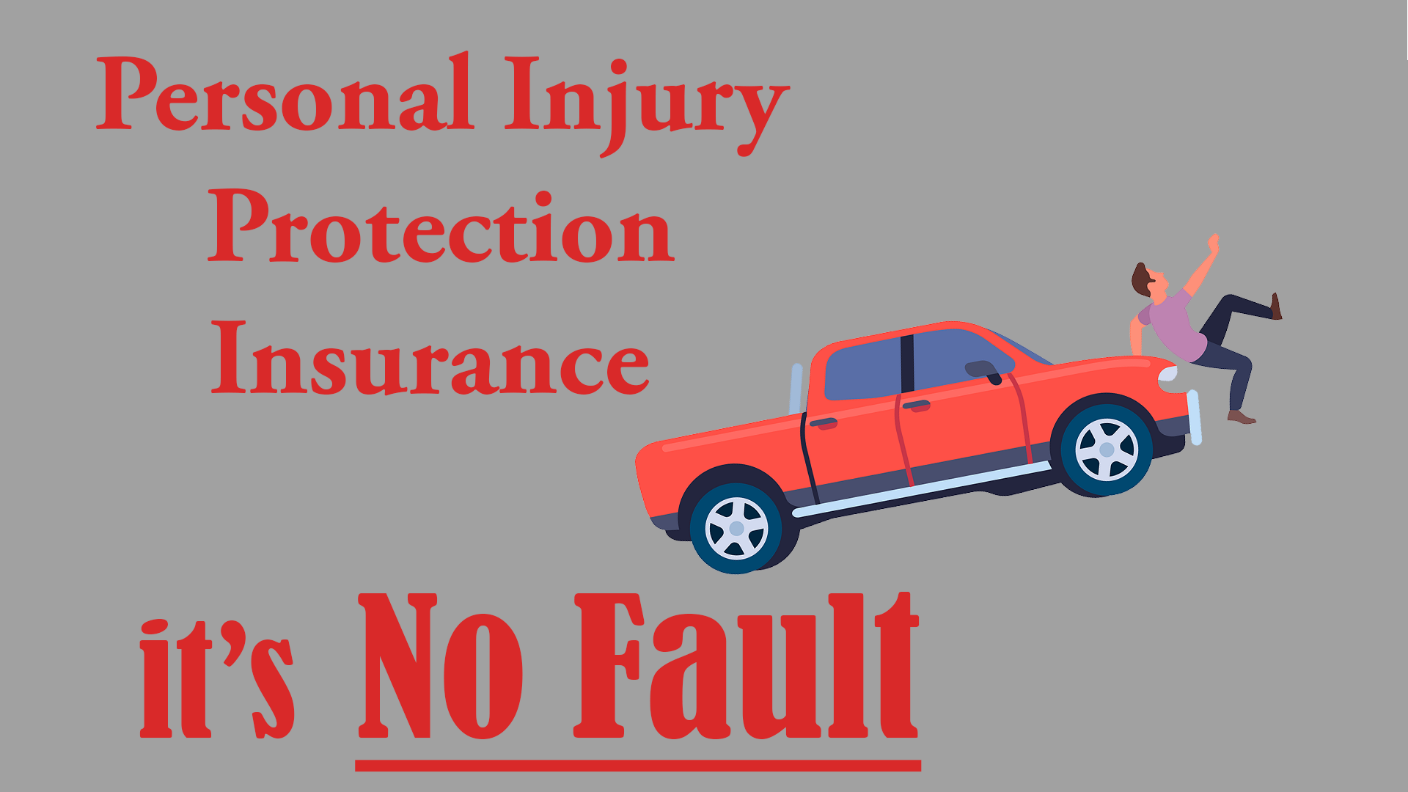
Where the purpose of the insurance is to encourage confidence in the safety of an activity or to compensate those harmed by the activity rather than those ENGAGED in the activity, no-fault is by far the better approach.
There are some interesting federal programs that are essentially no-fault insurance.
One is the National Vaccine Injury Compensation Program. The Health Resources and Services Administration says: “The V I C P is a no-fault alternative to the traditional legal system for resolving vaccine injury petitions.”
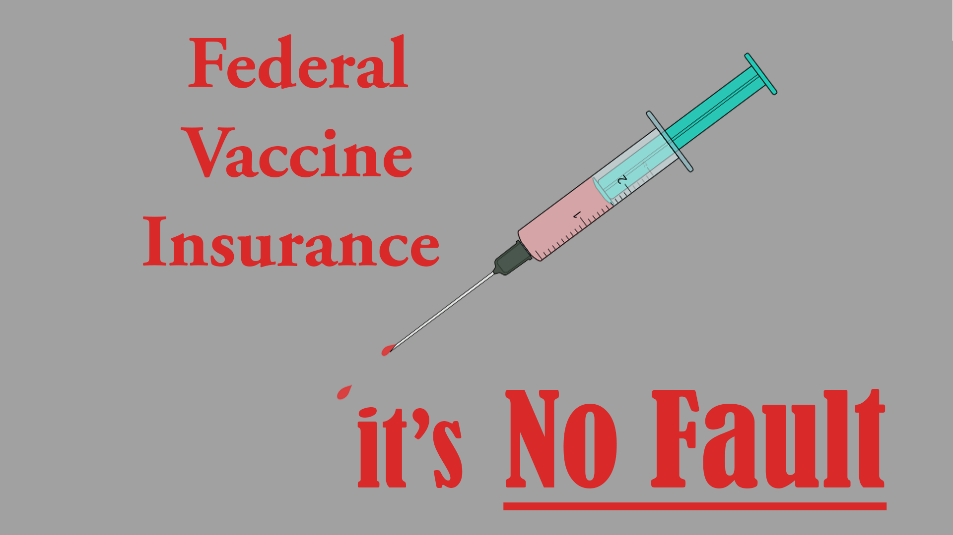
Another is the fact that the so-called “liability” insurance requirement for Nuclear Accidents was amended in 1966 to be no-fault.
The Nuclear Regulatory Commission says “Price-Anderson claimants would need to show only (1) personal injury or property damage, (2) monetary amount of loss, and (3) causal link between the loss and the radioactive material released.”
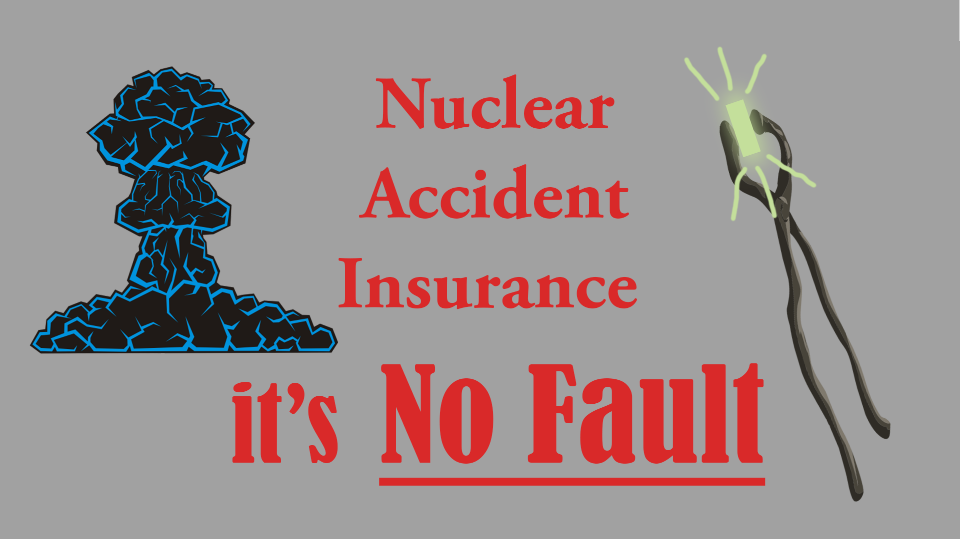
The most important no-fault system we have is our Worker’s Compensation system.
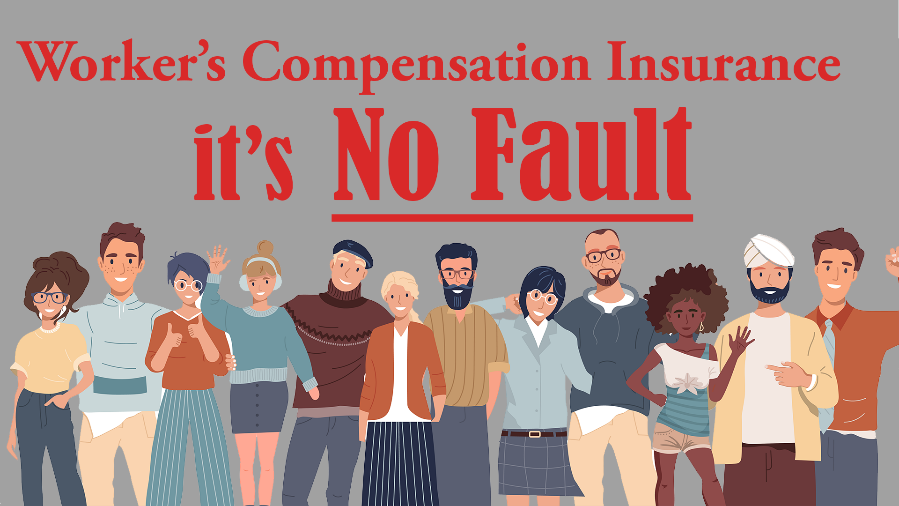
This is why it’s the best model for the benefit system for gun insurance.
One is only required to show the injury with a need for compensation or medical services and that the injury was incurred on the job.
Insurers know that prompt and effective medical care is cheaper in the long run.
So that have established a wide variety of systems in various states provide that care.
We need to require gun insurance; and, if it’s going to work to mitigate deaths and injuries, it has to be no-fault insurance.

